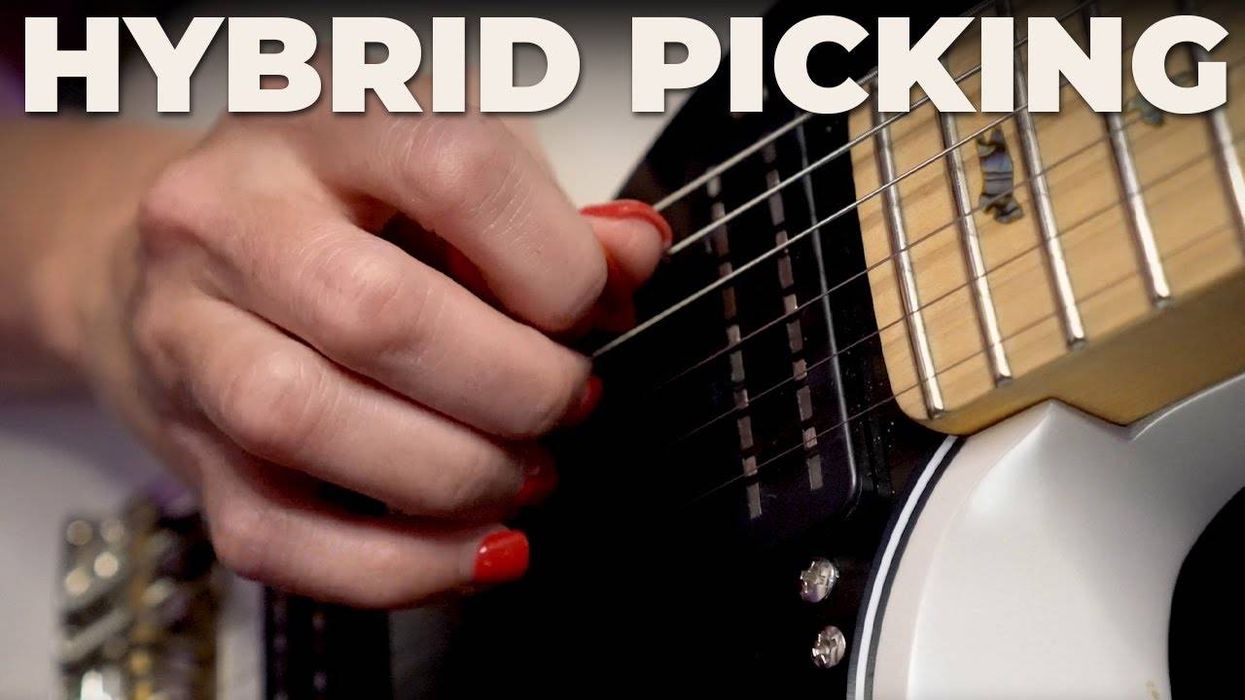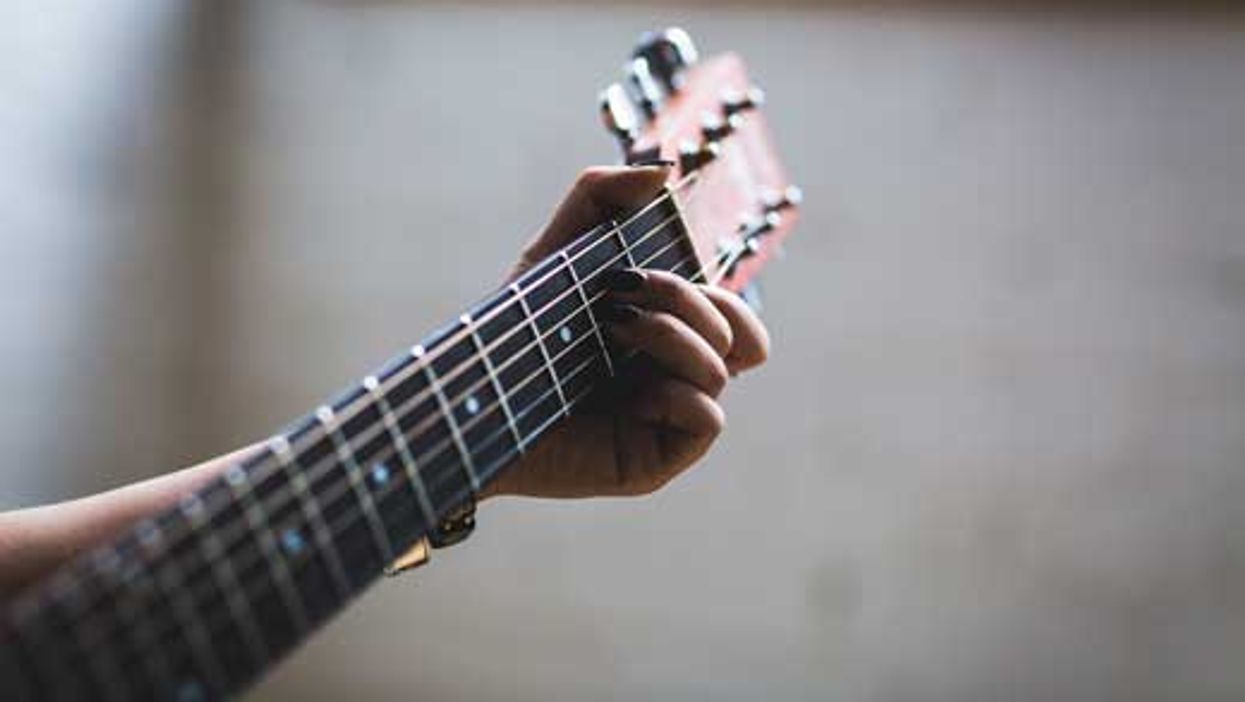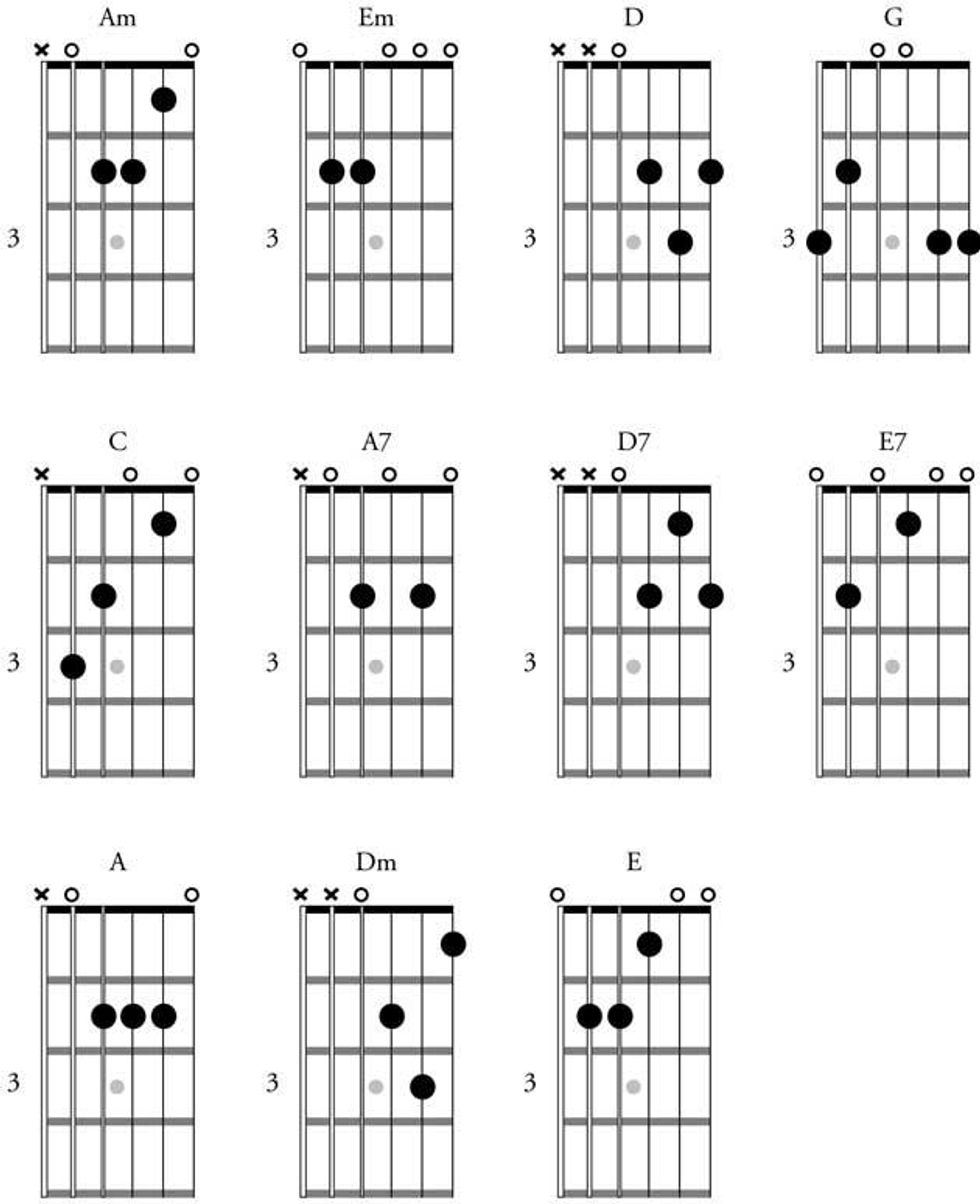Chops: Intermediate
Theory: Intermediate
Lesson Overview:
• Learn how to combine major and minor pentatonic scales.
• Develop a better time feel over slower tempos.
• Understand how to target chord tones to better define the progression.
Click here to download a printable PDF of this lesson's notation.
In this lesson, we’ll explore how to navigate a slow blues. It’s a common form among nearly all blues players, but just because you know how to play over a faster blues, don’t assume you’ll have a slow blues covered—it’s an art unto itself. I find that working on a slow blues provides an opportunity to appreciate space and encourages you to take a more vocal approach to soloing.
So here are 10 licks I’ve played over a 12-bar blues in the key of G. To have these as authentic as possible, I’ve opted to play from the heart and then go in after tracking to transcribe exactly what I played. I think this approach is important because at a slow tempo there’s a tendency to “float” over the beat, and such subtleties aren’t easily premeditated.
Ex. 1 begins with a Clapton-inspired phrase over the G7, blending hints of G major pentatonic (G–A–B–D–E) and G minor pentatonic (G–Bb–C–D–F), though in all honesty I’m just thinking about approaching the 3 of G7 (B) from a half-step below. An idea like this is all about space. Don’t be afraid to let a line breathe with a sustained note or a rest. Feel free to play with the rhythm because with a few rhythmic variations, this could be spun into 100 different licks.
Click here for Ex. 1
The second lick (Ex. 2) begins with a bend from the b3 to the 3 and then ascends up to the root on the 1st string. I then summon a little Jimmy Herring or Derek Trucks by sliding that up to the b3 and bending a little sharp. This idea then repeats with rhythmic variation, but higher up on the neck to outline the C7 chord.
Click here for Ex. 2
Ex. 3 is something Scott Henderson might have pinched from Stevie Ray Vaughan. SRV was really fond of playing quite fast on slower tempos. In this instance there are three tricky little three-note motifs that repeat. Practice each idea in isolation before stitching them together. The second measure ignores the C7 chord, instead playing out of a minor pentatonic shape with a typical SRV bend. I’ve ended the phrase with a little Albert King tone and a pre-bend release.
Click here for Ex. 3
We grab more inspiration from the great Albert King in Ex. 4. It starts with a series of bends in the G minor pentatonic scale on the 3rd string. To keep things moving forward I’ve ascended the neck to land back on the G chord by playing out of the “C” shape of the CAGED system.
Click here for Ex. 4
Ex. 5 begins by imitating the bass guitar before moving to its own idea. Over the C7 chord you’re higher up on the neck, playing out of the “E” CAGED shape. For the final measure, I’ve repeated the idea from Ex. 2, but ended with a big bend out of the pentatonic shape at the 18th fret.
Click here for Ex. 5
Our next phrase (Ex. 6) is pure SRV, using the classic b9 (Ab) sound to add some melodic interest. On paper it shouldn’t sound great, but after hearing it played by an icon so many times, it’s hard not to love it. After resolving the line with the 3 of the C7 chord (E), then you slide up the neck to play some sixths.
Click here for Ex. 6
We stick with the C7 chord for Ex. 7, and use the “E” shape of the CAGED system. This idea demonstrates how vocabulary used on a G7 chord can be moved up the neck and played against C7. They’re both dominant 7 chords, and as such, have the same scale requirements. We finish the idea without moving up or down the neck, instead opting to bend into the 3rd of G7 (B) at the 8th fret (using the “C” shape of CAGED).
Click here for Ex. 7
The turnaround is an essential part of the progression and Ex. 8 shows you one way to navigate the changes. Beginning with an idea similar to Ex. 1, we walk from the root of D7 up to the 3 of C7 (E) for the change, and then move down the neck to resolve to G7 much like we did in the previous lick. Chord changes like this can be difficult at first, but there’s no better way to practice them than over a backing track that gives you lots of time to think and visualize the new chord.
Click here for Ex. 8
Ex. 9 looks at that same section of the progression, but adds more notes and position shifts. Here, we’re using D major pentatonic (D–E–F#–A–B). Notice how I shift up on the 3rd string to accommodate some descending sixths and double-stops. As the chord moves down to C7, I employ contrary motion by moving up the neck for some country-inspired pedal-steel bends in the “C” shape of the CAGED system. This allows me to resolve to G7 smoothly with some ascending thirds.
Click here for Ex. 9
In Ex. 10 we move a bit, well, beyond the blues by playing a slinky little jazz-fusion idea using notes of the G Super Locrian scale (G–Ab–Bb–Cb–Db–Eb–F) to imply an altered chord that resolves to C7. Over C7, I keep things spicy by playing the C Lydian Dominant scale (C–D–E–F#–G–A–Bb). Definitely an ear-twister!
Click here for Ex. 10
Finally, we have the backing track—a full 12-bar blues for you to work on these ideas and develop some of your own.






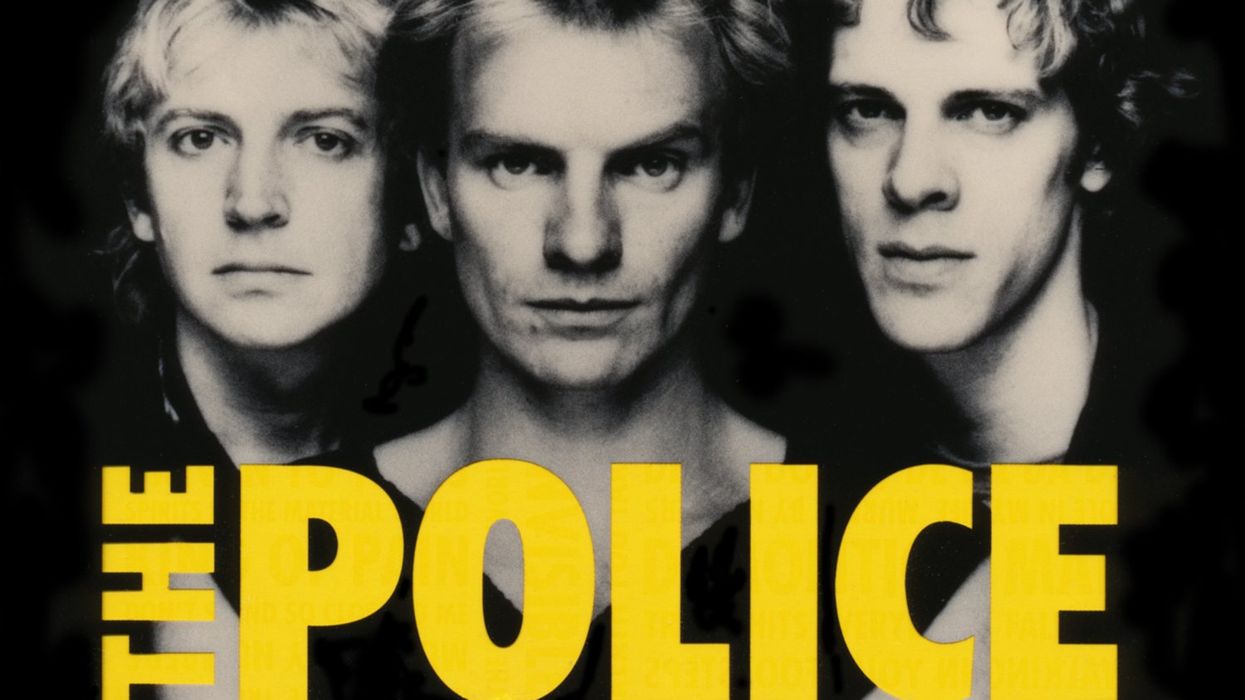
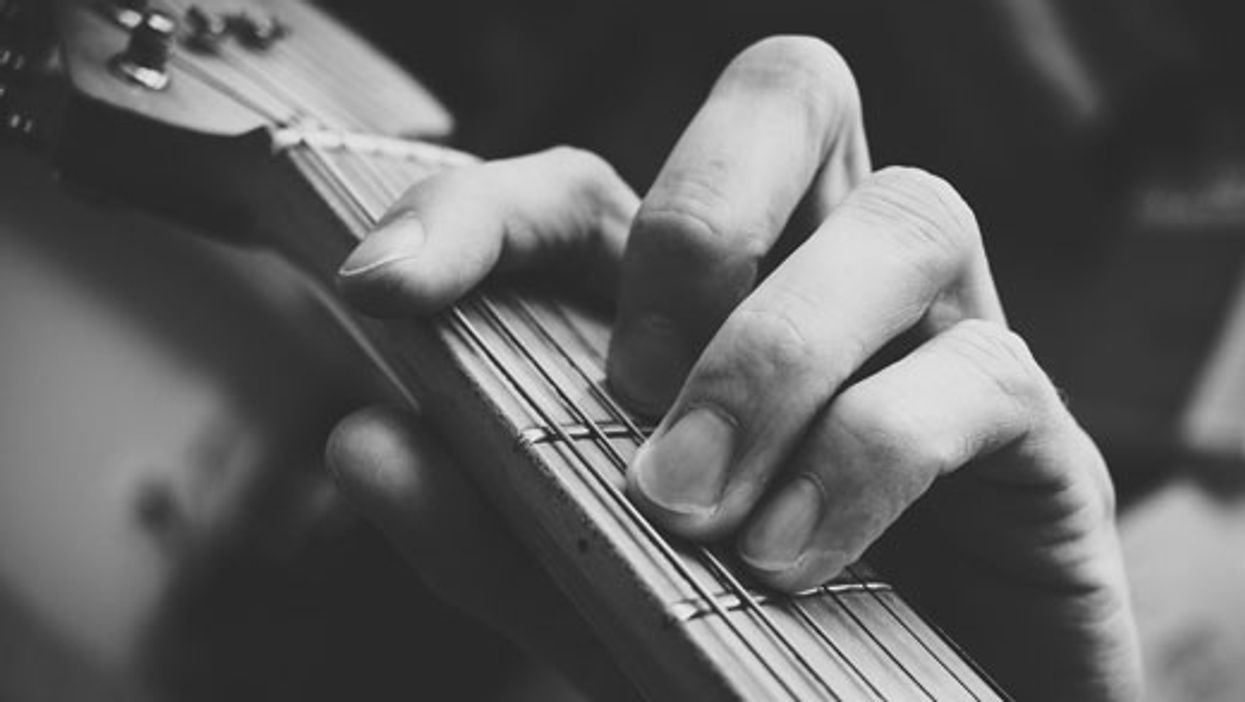
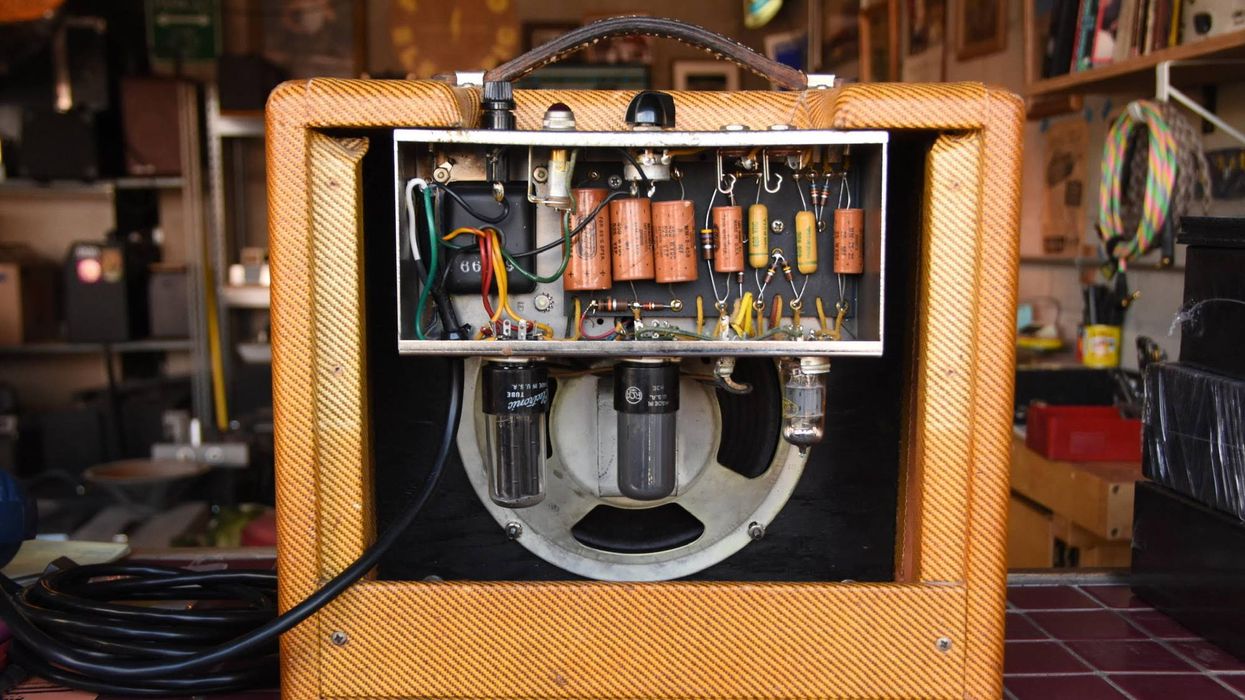

![Rig Rundown: Russian Circles’ Mike Sullivan [2025]](https://www.premierguitar.com/media-library/youtube.jpg?id=62303631&width=1245&height=700&quality=70&coordinates=0%2C0%2C0%2C0)




